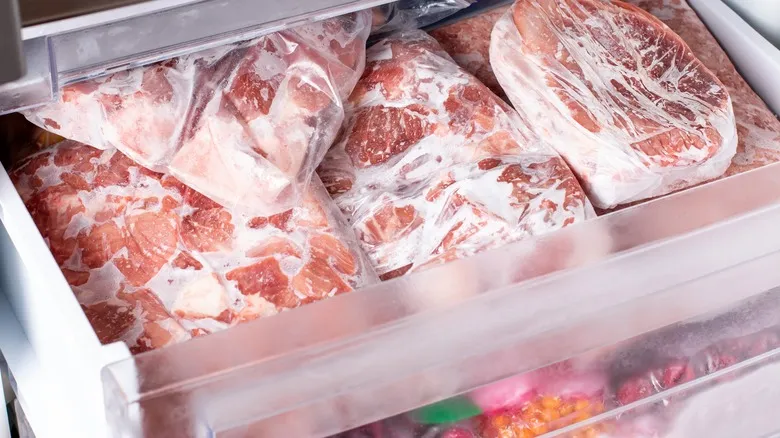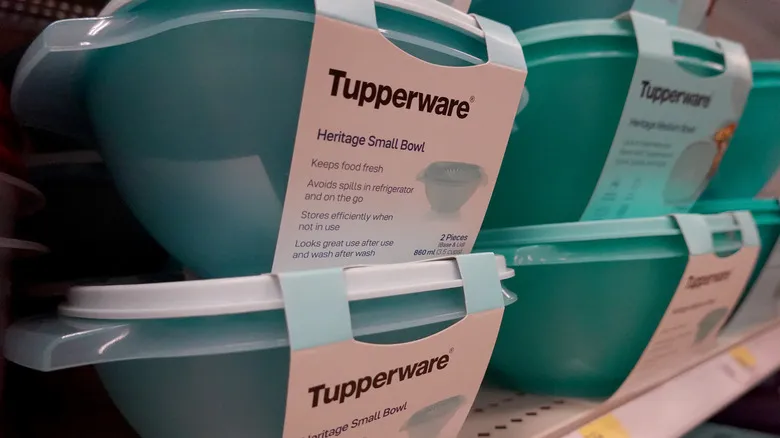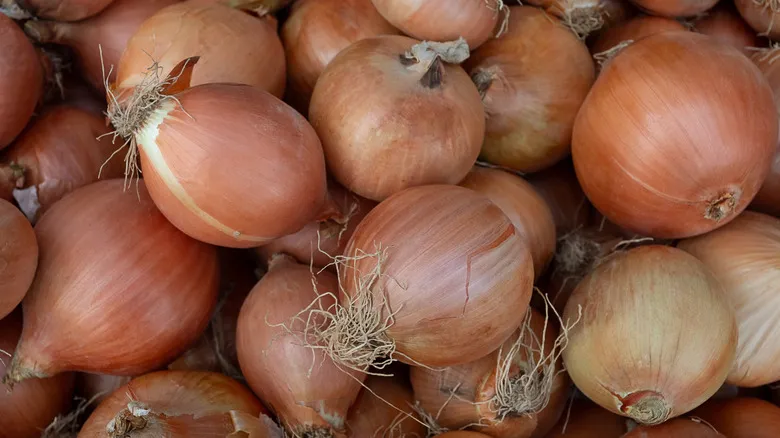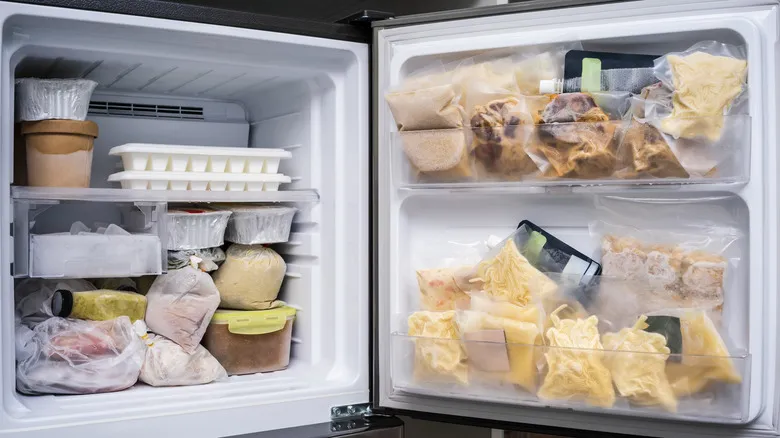The foods to keep and the ones to discard

The food safety guidelines outline how to handle specific foods that have surpassed the safe freezing period. Generally, if you're uncertain about the safety or quality of a food item, it's best to throw it away. For items that may still be safe to consume, consider two categories: food that remains cold and has ice crystals (even if not completely frozen), and food that has been at temperatures above 40°F for two hours or more.
Partially thawed foods that have visible ice crystals and feel cold can be refrozen. This applies to most meats, cheeses, and dairy products. While frozen milk and soft cheeses may lose some texture, they remain safe to eat, as do many fruits and vegetables. Properly wrapped breads and pastas should also refreeze well. However, ice cream and frozen yogurt do not refreeze effectively and should be discarded.
The real concern arises when the freezer thermometer indicates a temperature above 40°F. Any food that has been above this temperature for more than two hours is at risk of bacterial contamination, especially when many items are stored together. In such cases, you should discard all meats, dairy (except hard cheeses), eggs, vegetables, frozen meals or leftovers, and any pastries with cream fillings. Most breads, pastries, and fruits or juices can be refrozen, but be sure to inspect them for any signs of mold or unusual textures and odors. If you are confident that an item has been above 40°F for less than two hours, refrigerate it and use it as soon as possible.
Extending freezer life during a power outage

To begin with, refrain from opening the freezer doors during a power outage. It may be tempting to check on items or grab a treat, but each time you open the door, you allow cold air to escape and warm air to enter. The insulation of the sealed freezer is what keeps your food safe. If you anticipate a power failure, consider placing frequently used items in a high-quality cooler with ice packs.
Similarly, if you have the chance to prepare in advance or react swiftly, think about filling a cooler with frozen ice packs or even dry ice. You can add more ice as the power goes out or as needed to prolong freezing time. Additionally, filling the freezer with items helps maintain a lower temperature for a longer period during outages. The less air and the more frozen items, like hamburgers, you have, the longer everything will remain cold. This can make a significant difference in whether your food stays safe for one day or two.
Before a power outage occurs, ensure that you are properly storing and wrapping food in your freezer. This proactive approach will save you both time and money in the long run. Properly stored food is also better protected against freezer burn and changes in texture as it thaws, and it may remain frozen longer during a power outage. Be sure to label and date all packages or freezer storage containers so you can easily identify what to keep and what to discard.
Recommended

Is It Safe To Store Mustard At Room Temperature?

Should You Store Bell Peppers At Room Temperature Or In The Fridge?

Tupperware Brand Sadly Files For Bankruptcy. Is This An End Of An Era?

Why It's A Mistake To Store Onions In The Fridge
Next up

